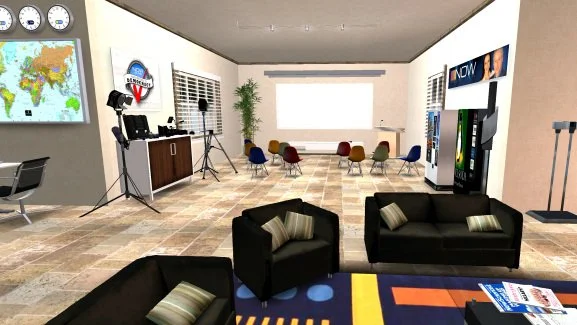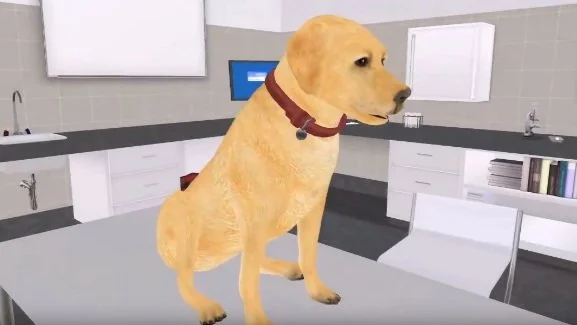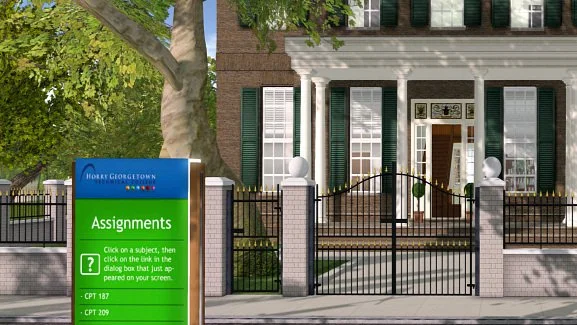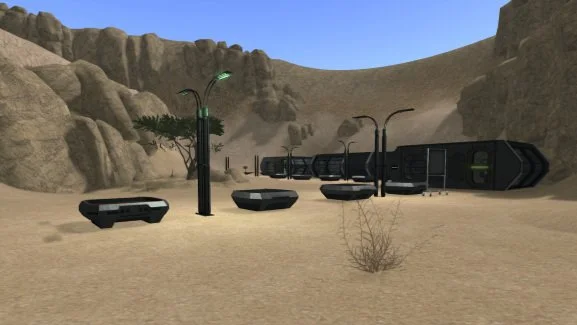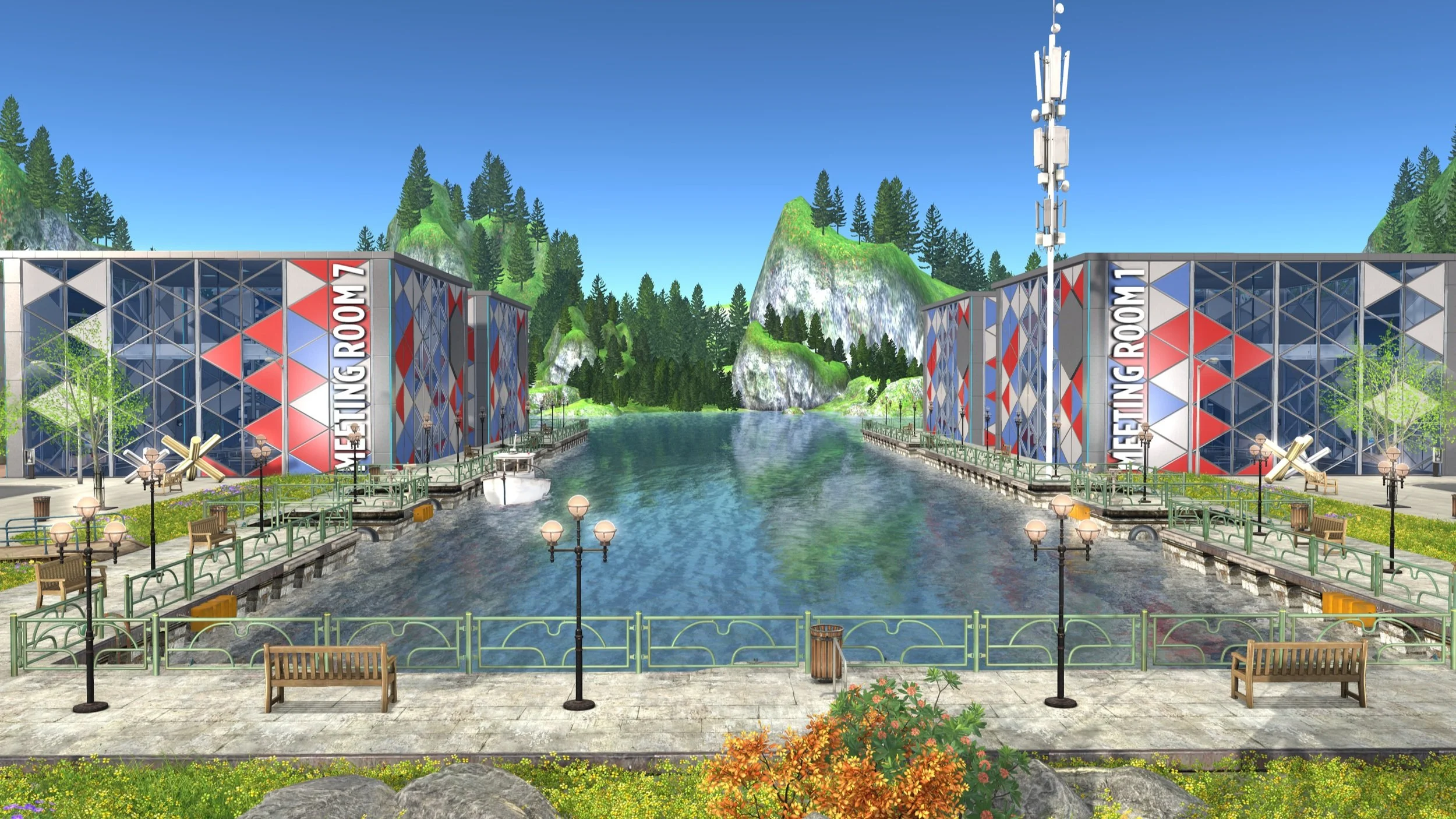We’re here to reconnect virtual learning.
UniVirtual brings students together, not further apart.
Since 2006, we’ve been building immersive virtual-world learning environments where educators teach in real time, students collaborate directly with their peers, and complex ideas are explored together.
With UniVirtual, every student has access to the same virtual equipment. Every teacher can see what students are doing and intervene in real time. No one is left behind — even in classes of hundreds.
Whether it's solving a virtual crime in Chemistry, trading as a whole class in Economics, or swimming through a digital coral reef in Environmental Science, our platform transforms learning into something shared, exciting, and unforgettable.
Thousands of students take UniVirtual courses every year, forming a global network of learners and educators. Our platform enables collaborative learning at infinite scale. Because students don’t just need more information — they need deeper connection.
Looking for virtual spaces for business?
We also build bespoke environments for virtual conferences.
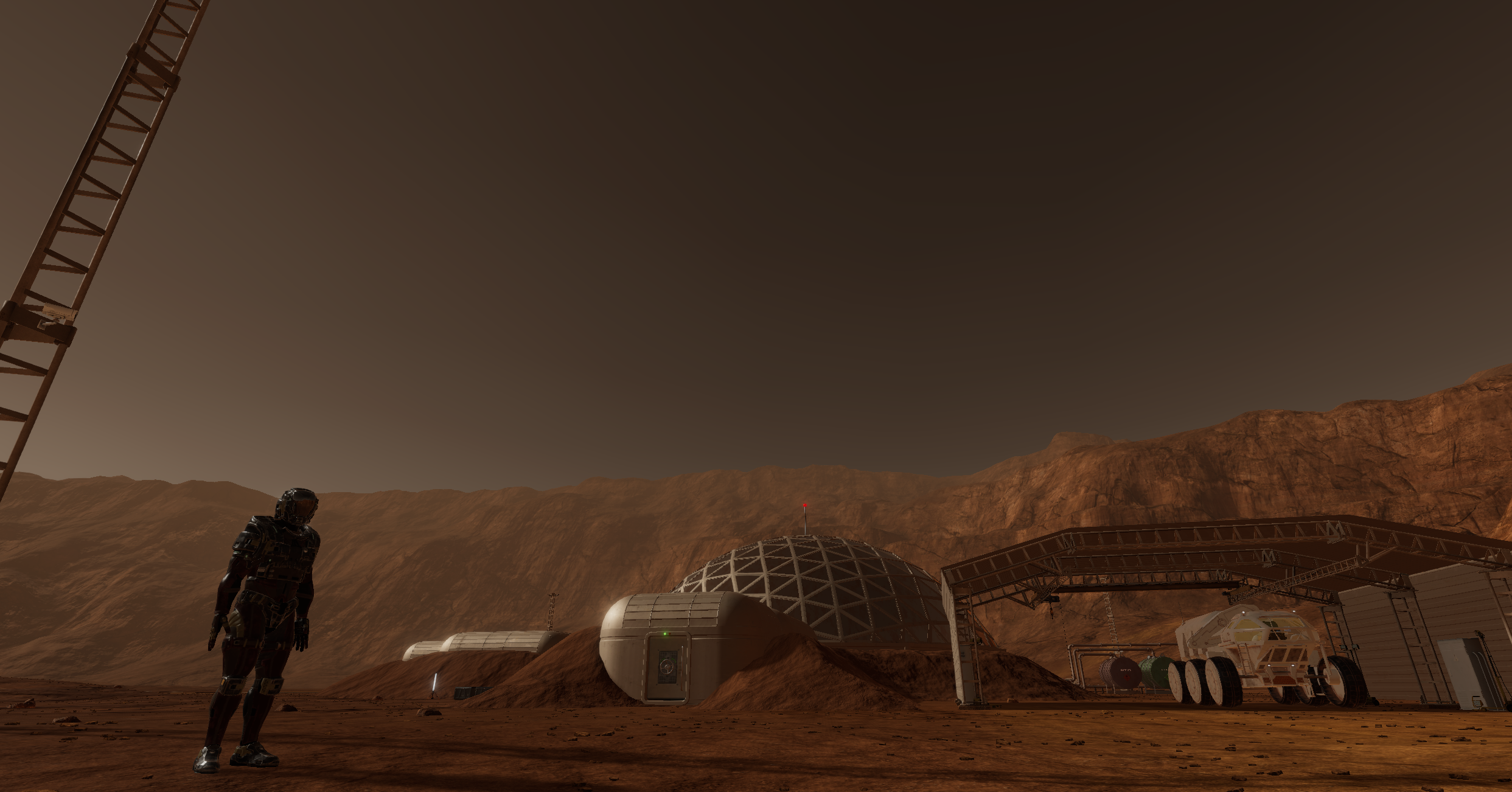
“We are not interested in building completely automated systems; we build environments that help people communicate their expertise and knowledge in direct, impactful ways.
Socratic dialogue requires the opportunity to meet and discuss, something often denied to students and trainers alike due to geographic boundaries, economic barriers, and class size. We have the technology needed to create more opportunities to enter into integral relationships with instructors as needed.
Metaverse learning gives us the ability to break down barriers and bring people together.”
— William Prensky, President, UniVirtual
Our Story.
2006: UniVirtual Founded (as CNDG)
William Prensky and a small group of emergent technology enthusiasts design, script, and build large, complex environments on Second Life, a virtual reality platform. Our first large build was the most expensive virtual property ever sold on Second Life. Another early project — a faithful recreation of a real-life building — becomes the most elaborate and realistic building on the platform. It attracts the attention of Linden Lab, the owners of Second Life, who recommend us to our first commercial client.
2008: Building Commercial Spaces
We are commissioned to build a virtual broadcasting station for the independent news and documentary program NOW on PBS. The station is complete with a screening room, cameras and mics, and a video broadcast screen. Hundreds of programmers watch Maria Hinojosa, NOW on PBS’s principal reporter, address the conference live from within the virtual environment via her avatar. She describes the potential of VLEs to transform education and global collaboration.
2009: Offering Sustainable Solutions
CNDG joins Pearson, becoming their virtual editorial content creator and publishing partner. We create a showcase in Sustainable Business and Green Science, consisting of four virtual buildings, each representing a different aspect of Leadership in Energy and Environmental Design (LEED) compliancy, the most widely used green building rating system. It includes an interactive exhibition explaining LEED principles, focusing on innovations such as green roofs, motion sensor lighting, and passive solar technology.
Product Demos & Exhibitions
(2009, cont.) For Honeywell, we build a replica of their headquarters in Minnesota for a virtual exhibition. This runs alongside a real-world showcase of Honeywell’s latest eco-friendly technological innovations. We work from the blueprints of their headquarters and the design specifications of their new technology to produce a series of “working” demonstration models of wind-power generators and an energy-efficient A/C system.
2011: Delivering Risk-Free Training
For Pfizer Animal Health (later Zoetis), we create a virtual campus and a continuing education training suite for real-time, case-based clinical discussions in a variety of veterinary medicine specialties. Using our virtual learning environments, learners accessed their online resources and asynchronous educational activities and took part in synchronous learning modules using simulated clinical cases in a virtual veterinary surgery.
2012: The First Virtual Degree
We build a virtual college campus for a two-year degree in Information Technology at Horry Georgetown Technical College. It includes live instructional spaces and a variety of educational games and learning activities. The students who graduated in May 2014 were the first to study their major concentration courses in a virtual environment. They show significant improvements in grades and comprehension compared to the classroom equivalent.
2014: Expanding Virtual Curricula
We design a series of learning modules with the University of Central Florida and Florida State University in STEM fields. These enabled undergraduate students to familiarize themselves with analytical machines and safety equipment, practice core lab skills, and test their theoretical knowledge using simulations of real-life experiments, explorations of habitats, and imaginative conceptualizations. Read more about our courses here.
2017: Exploring Approaches
For the US Department of Defense Veterans Association, we created virtual environments to train primary care providers. These experiential environments assisted in the identification, diagnosis, and treatment of PTSD in returning combat soldiers. The immersive, true-to-life experience of symtoms allowed for greater empathy and understanding between care providers and patients.
2018: Expanding Our Offerings
Following the success of our existing STEM learning environments, we began expanding our offerings across different courses and virtual technologies. We developed a new virtual course in Energy and Physical Science for our existing clients, and the total number of students who have taken our courses to date passes 25,000.
2019: Virtual Safe Spaces
We built a virtual academy for Catholic college preparatory school network, La Salle Academy. La Salle Academy hoped to create a safe and inclusive space for their students to meet and study where equality was paramount. This is where virtual worlds were a perfect fit. We virtualized their student services, recreation center, and counseling rooms, and created new environments for study and exploration of the academy’s values. There were also quiet spaces for prayer and reflection, regardless of religion, recreated in the virtual space in thoughtful and respectful ways.
2020: Launching Virtual Conferences
In response to the COVID-19 pandemic, we expanded our large-scale virtual conference center to meet the unique specifications of our client, a large pharmaceutical company. This environment is an alternate and interactive space to meet colleagues, train, and network safely. Easily adaptable for any event, the center contains conferencing and lecture halls, breakout and meeting rooms, exhibition area for product showcases, even a virtual cinema to screen pre-recorded materials. There are also communal areas to socialize between meetings. Learn more about hosting virtual conferences in our metaverse.
2021+: Preserving Cultural History
Working in partnership with the Nokiiwin Tribal Council and York University, we begin development the of a unique Indigenous metaverse. By fusing technology and traditional Anishinaabe storytelling practices, this course will provide inclusive, sustainable, and high-quality intercultural educational materials produced by and in support of Indigenous peoples. (Learn more at www.biskaabiiyaang.com and help support this project!)


